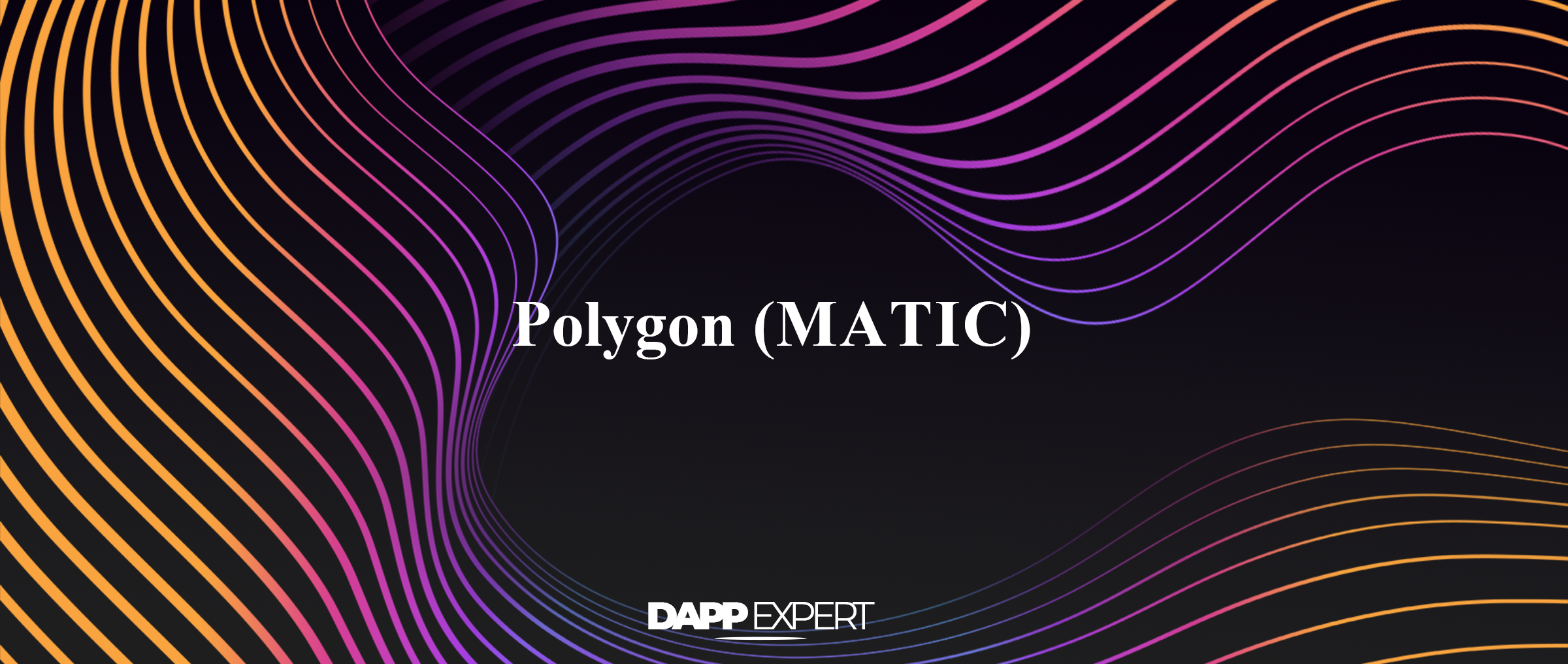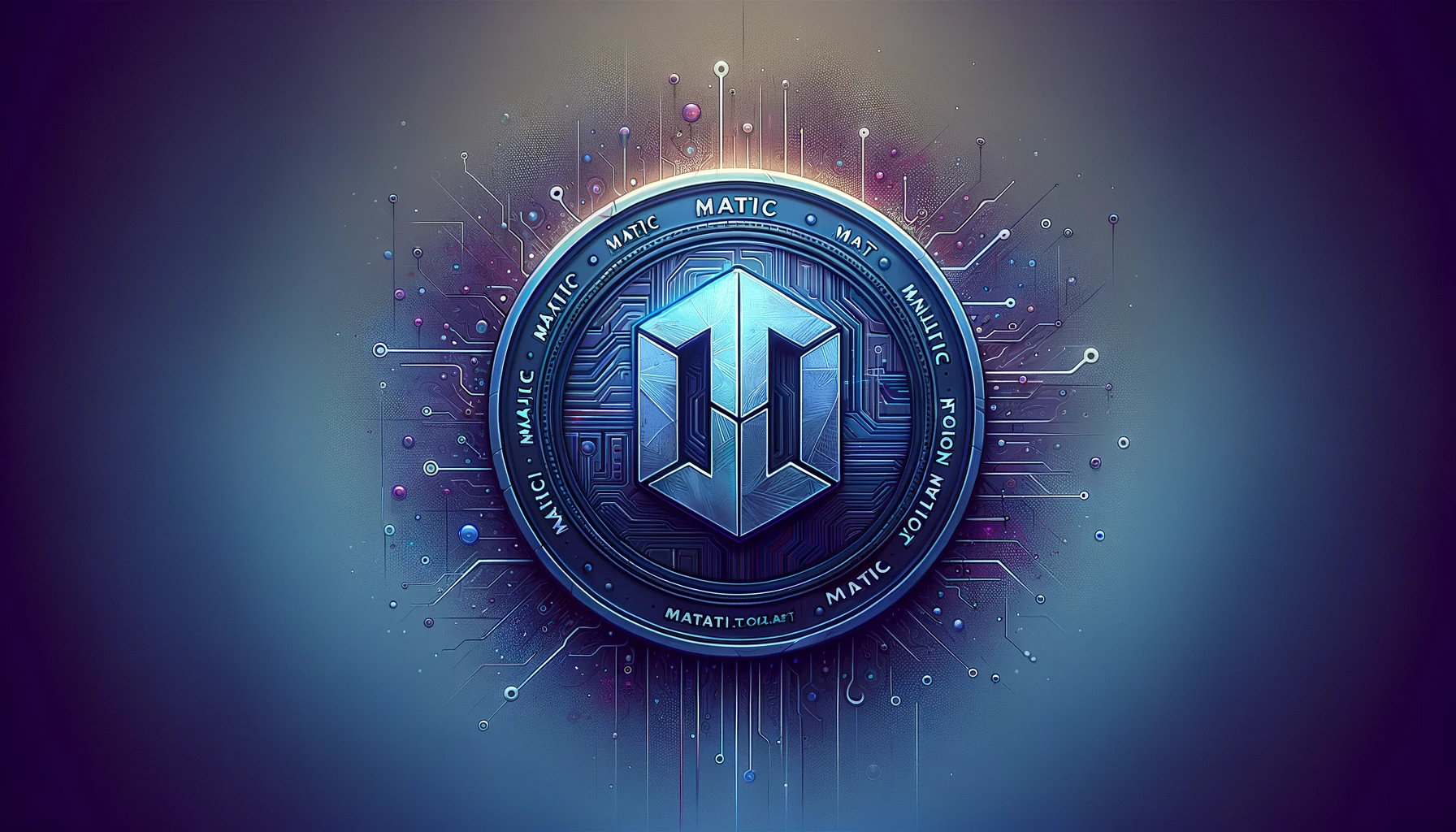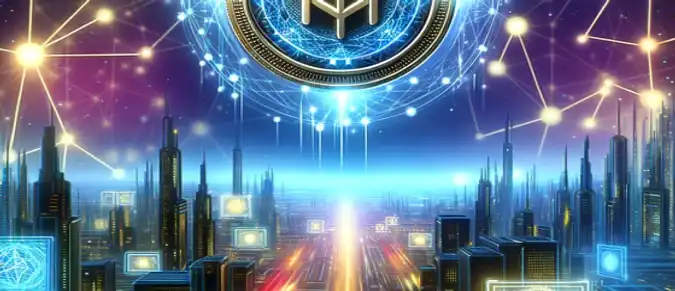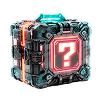Polygon, previously known as the MATIC Network, is a layer-2 Ethereum scaling solution. It was created in 2019 to address several limitations of the Ethereum blockchain, such as transaction speed, throughput, and gas fees.
Initially developed as a scaling solution, it quickly evolved into a multi-faceted ecosystem that receives a lot of attention. MATIC, its native token, debuted on the Binance Launchpad in 2019 amidst the boom of Initial Exchange Offerings (IEO).
Content:
- What are Layer-2 Solutions and Why Do We Need Them?
- How Does Polygon Work?
- What Can Be Done on Polygon?
- The MATIC Token
- Bridge between Matic and Ethereum
- Popular DApps Using Polygon
- Conclusion

What are Layer-2 Solutions and Why Do We Need Them?
Layer-2 is a blockchain that operates parallel to the main network — in the case of Polygon, it processes transactions outside the main network. This leads to increased throughput (transaction speed) and reduced gas fees.
In other words, Layer-2 creates a communication channel between two blockchains and sends an information packet (transaction data) from the main network to the parallel blockchain to complete a transaction at a lower cost.
Ethereum — is the ecosystem for most decentralized application developers who wish to launch their dApps. However, high demand for dApps and subsequent supply overloaded the network, significantly reducing its throughput. It's not uncommon to see gas fees rise to two or three-digit dollar equivalents, which can be quite expensive depending on your interaction with the network. Ethereum blockchain remained only for the "big players". That's why Layer-2 solutions have become important for the DeFi ecosystem.

How Does Polygon Work?
This network operates similarly to other Proof of Stake (PoS) protocols in terms of network nodes, governance, staking, and other functions.
Proof of Stake Consensus
The platform uses the Proof of Stake consensus, which relies on transaction block verification in the network and a set of validator nodes for verification, instead of the classic Proof of Work (PoW), which consumes a huge amount of computational power to create new blocks.
The main difference is that in PoS, token holders verify and validate transactions instead of performing work (computations in PoW algorithms).
The Polygon ecosystem operates on PoS, rewarding users with its own MATIC token.
To earn MATIC, you can choose one of the following options:
| Role | Description |
|---|---|
| Become a Validator | Engage in the network by running a full node to verify blockchain transactions. As a node validator, you receive a commission in MATIC token. However, malicious actions, mistakes, or slow internet connections result in penalties. |
| Become a Delegator | Stake other people's MATIC to assist the network in PoS verification. The larger the delegated share, the greater the delegator's voting rights. This is simpler than being a validator but has its own challenges. |
| Polygon Framework | Not described further in the provided text. |
Polygon Framework is a way to easily (in one click) deploy Ethereum-compatible blockchains. As Polygon Framework evolves, it will offer an extensive set of modules for deployment with customizable features related to governance, staking, and much more.
Once completed, this Framework, available to developers in the form of Polygon SDK, will make it simple enough for anyone to deploy a blockchain. Polygon creates blockchain deployment tools for the masses. Although the Polygon SDK is still in development, developers can already try it out.
Polygon Protocol
Deploying an Ethereum-compatible blockchain is good, but what next?
Additionally, this protocol allows each blockchain chain to connect to Ethereum for security or to choose their own security modules. The advantage of using Ethereum for security is that Ethereum already has an extensive decentralized pool of stakes worth billions of dollars.
Overall, Polygon SDK and protocol combined with Ethereum security represent an easy way to deploy highly secure and scalable blockchains.
Polygon's Software Development Kit (SDK)
In May 2021, Polygon announced the Polygon Software Development Kit (SDK), a set of plug-and-play software tools that allow developers to launch their own fully customizable blockchains and DeFi applications.
The main idea is to make Ethereum a full-fledged cross-chain system, which it already is, but current limitations and lack of structure in the Ethereum ecosystem make it difficult for developers to work on their projects.
Polygon blockchain aims to boost the ecosystem with the Polygon SDK, based on three main concepts: Ethereum compatibility, modularity, and extensibility, making it a flexible structure for developers looking to work on scaling solutions and Ethereum infrastructure.
This SDK is divided into two iterations. The first version supports Ethereum-compatible autonomous chains, which are sovereign blockchains responsible for their modules and security. These chains can use the Polygon bridge to connect with Ethereum (for example, to transfer assets or send arbitrary messages) while maintaining their independence.
The second version supports other types of networks, such as Layer 2, with their own set of modules and tools to expand developers' capabilities.

What Can Be Done on Polygon?
The Polygon blockchain allows you to do almost everything you do on Ethereum, but without high gas fees or low throughput.
It has evolved from a simple scaling solution to a broader and more complex ecosystem, where users and developers have a wide range of use options. Including launching Ethereum-compatible blockchains, using decentralized applications (DApps) based on Ethereum. You can also become node validators, delegators, stake MATIC, and much more.
This blockchain hosts many successful projects. Revenue generation protocols such as Aave or Curve Finance, decentralized exchanges like SushiSwap, and the most popular decentralized NFT (Non-Fungible Token) market OpenSea.
You can use this ecosystem as the base blockchain for these protocols instead of Ethereum. For example, OpenSea allows you to choose Polygon instead of Ethereum as the main network and use it every time you trade NFTs. You just need to have a Polygon-compatible wallet, such as MetaMask or Coinbase Wallet, and connect it to OpenSea.
However, it is also worth noting that not all protocols built on Ethereum have their Polygon iterations. And in this regard, there are certain limitations.
MATIC Token
The MATIC token is an ERC-20 token that supports the entire Polygon ecosystem. It is used for gas payments, staking, and governance. According to CoinMarketCap, there are currently 8 billion MATIC tokens in circulation, with a maximum of 10 billion.
Following the rebranding to Polygon and the introduction of new features for developers and users in the ecosystem, the MATIC token has surged in price due to a wider range of use.
The distribution of MATIC tokens is as follows:
- Advisors: 4%;
- Private Sale: 4%;
- Network Operations: 12%;
- Team: 16%;
- Initial Placement on IDO Platforms: 19%;
- Ecosystem: 23%;
- Fund: 22%.

Bridge Between Matic and Ethereum
If you want to transfer funds from the Ethereum network to the Polygon network, you need to use the PoS bridge, which is a set of smart contracts that help transfer assets from the main Ethereum network to the Polygon sidechain.
The PoS bridge is the foundation for asset transfer, and then using these funds to interact with applications in the Polygon ecosystem. Of course, you will have to pay a transaction fee in ETH, which can be expensive, but once you are in the Polygon network, transactions become very cheap — less than a dollar.
Once you have transferred your resources, you can freely use them in any application on Polygon. The more applications and blockchains that connect to this ecosystem, the more you can do within it.
Popular DApps Using Polygon
There are many DApps that use this ecosystem, but the most popular ones are:
- SushiSwap:
A decentralized exchange (DEX) based on Ethereum that operates as an automated market maker (AMM).
- Curve Finance:
An Ethereum-based liquidity pool exchange that enables seamless trading of stablecoins with a low level of risk.
A DEX aggregator that acts as a bridge of liquidity between multiple DeFi protocols, providing users with the best liquidity on Ethereum, Binance Smart Chain (BSC), Polygon, and others.
- Aave:
A yield aggregation protocol that allows users to borrow cryptocurrency to use as collateral for obtaining instant loans.
- QuickSwap:
A decentralized exchange that provides lightning-fast transactions at a low cost.
Conclusion
Polygon is one of the most exciting existing blockchains with a promising future for the DeFi community in terms of scalability and blockchain compatibility.
Even more interesting is how this ecosystem helps Ethereum fend off other blockchains, making it more attractive. It reduces the financial barrier for developers and users wishing to start working with Ethereum. As a result, Ethereum becomes increasingly useful, and the incentive to use other blockchains may disappear.





